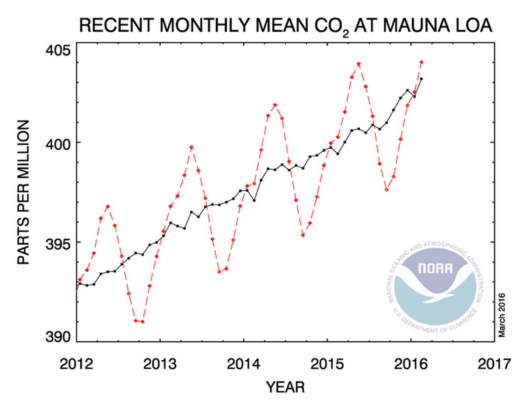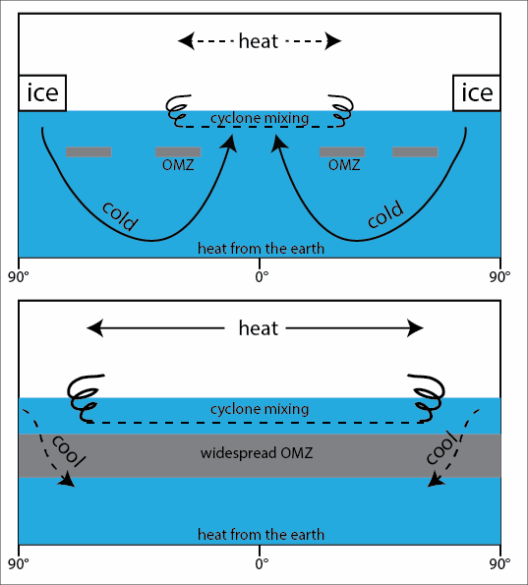Energy conservation is one of the cornerstones of modern physics, underpinning an array of discussions across various disciplines, from engineering to environmental science. At its essence, the inquiry into whether energy is conserved in moving systems reveals profound insights into the laws of nature, challenging preconceptions and prompting a reevaluation of conventional wisdom. The question rests on fundamental principles of mechanics and thermodynamics, and it invites a closer examination of kinetic and potential energy, as well as the transformations that occur between them.
To embark on this exploration, one must first delineate the concept of a moving system. This term generally refers to any entity or configuration where objects are in transit, be it vehicles on a road, celestial bodies in orbit, or particles in a fluid. The pivotal inquiry thus arises: does energy maintain its constancy as these systems engage in motion? The answer, rooted in the laws of physics, is both enlightening and complex.
In classical mechanics, the Law of Conservation of Energy asserts that energy cannot be created or destroyed in an isolated system but can change forms. For instance, when an object falls, gravitational potential energy is transformed into kinetic energy. Here, the total mechanical energy (the sum of potential and kinetic energy) remains constant, provided there are no non-conservative forces, like friction, acting on the system. This principle fosters a sense of equilibrium, yet it also raises significant questions about the intricacies of energy dynamics in real-world scenarios.
Examining the interactions of moving bodies unveils layers of complexity. Consider a pendulum swinging gracefully back and forth: at its highest point, the system possesses maximum potential energy. As it descends, this energy converts into kinetic energy, reaching a zenith at the nadir of its arc. However, this simplistically cyclical movement belies the greater truth that real systems inevitably encounter dissipative forces. Indeed, most moving systems are not isolated; they oscillate within an environment rife with resistive influences, such as air resistance and friction. These forces siphon off energy, converting it into thermal energy and thereby preventing the total mechanical energy from remaining constant.
This introduces an essential distinction between conservative and non-conservative forces. Conservative forces, such as gravitational and elastic forces, allow for energy rebounds back into the system, while non-conservative forces lead to transformations that decrease the total mechanical energy available for work. Thus, in practical applications, when evaluating energy conservation, one must account for these dissipative processes that intrude upon the idealized models often portrayed in theoretical settings.
The scenario becomes ever more complex in the realm of thermodynamics and moving fluids. Fluid dynamics exemplifies a system where energy transformation and conservation principles manifest conspicuously. In a turbine or a hydropower system, the conversion of kinetic energy from flowing water into electrical energy invokes a fascinating interplay of forces. However, as modifications arise—such as turbulence or temperature variations—energy dissipates, calling into question the immediate stability of energy conservation within dynamic systems.
One might ponder the implications of these dynamics on a macro scale. Across nations, energy consumption and conservation efforts increasingly hinge upon understanding these moving systems. For instance, when evaluating transportation, one must consider the energy loss associated with motion—not merely the fuel or electricity expended but the multifaceted interactions at play. Where friction coalesces with motion, it becomes paramount to innovate and implement technologies designed to diminish energy waste. The efficiency of electric vehicles or hybrid systems pivots on the understanding of these principles of moving energy systems.
Moreover, as the world confronts the exigencies of climate change, the principles surrounding energy conservation compel societies to rethink their foundational paradigms. Renewable energy sources, which promise an influx of sustainable energy, must engage with the dynamics of motion. The design of wind turbines, for example, encapsulates this interplay; the kinetic energy of wind must be harnessed and transformed with minimal loss to be deemed effective. Optimizing these systems embodies the spirit of conservation: crafting methodologies that promise not just to sustain, but to elevate our energy paradigm.
The inevitability of energy transformation in moving systems also evokes discussions surrounding innovation and efficiency. New technologies that promise to harness or conserve energy, such as regenerative braking systems in modern electric vehicles, are born from a thorough comprehension of these fundamental principles. By capturing energy that would otherwise be lost, these innovations create a paradigm shift in energy consumption and conservation. The challenge remains to extend these concepts beyond narrow confines and explore interdisciplinary collaborations that transcend traditional boundaries.
As we delve deeper into the marvelous intricacies of energy within moving systems, it’s evident that energy conservation is not a linear narrative. It is characterized by interdependencies, complexities, and opportunities for groundbreaking innovation. Whether through advancements in engineering, alterations in transport design, or a societal shift towards energy-conscious behaviors, the recognition of energy’s fluidity and transformative potential can guide us toward a more sustainable future. We stand at the precipice of a transformative era, where understanding energy in the context of motion may hold the key to unlocking not just efficiency, but an entirely reimagined relationship with our planet’s resources.
In conclusion, the conservation of energy within moving systems is a multifaceted discourse, ripe with opportunities for exploration. Engaging with the nuances of energy transformation prompts a broader contemplation of not only how we utilize energy but also how we innovate in its conservation. As we continue to unveil the mysteries of moving systems, we embrace the prospect of a more sustainable, enlightened future.




